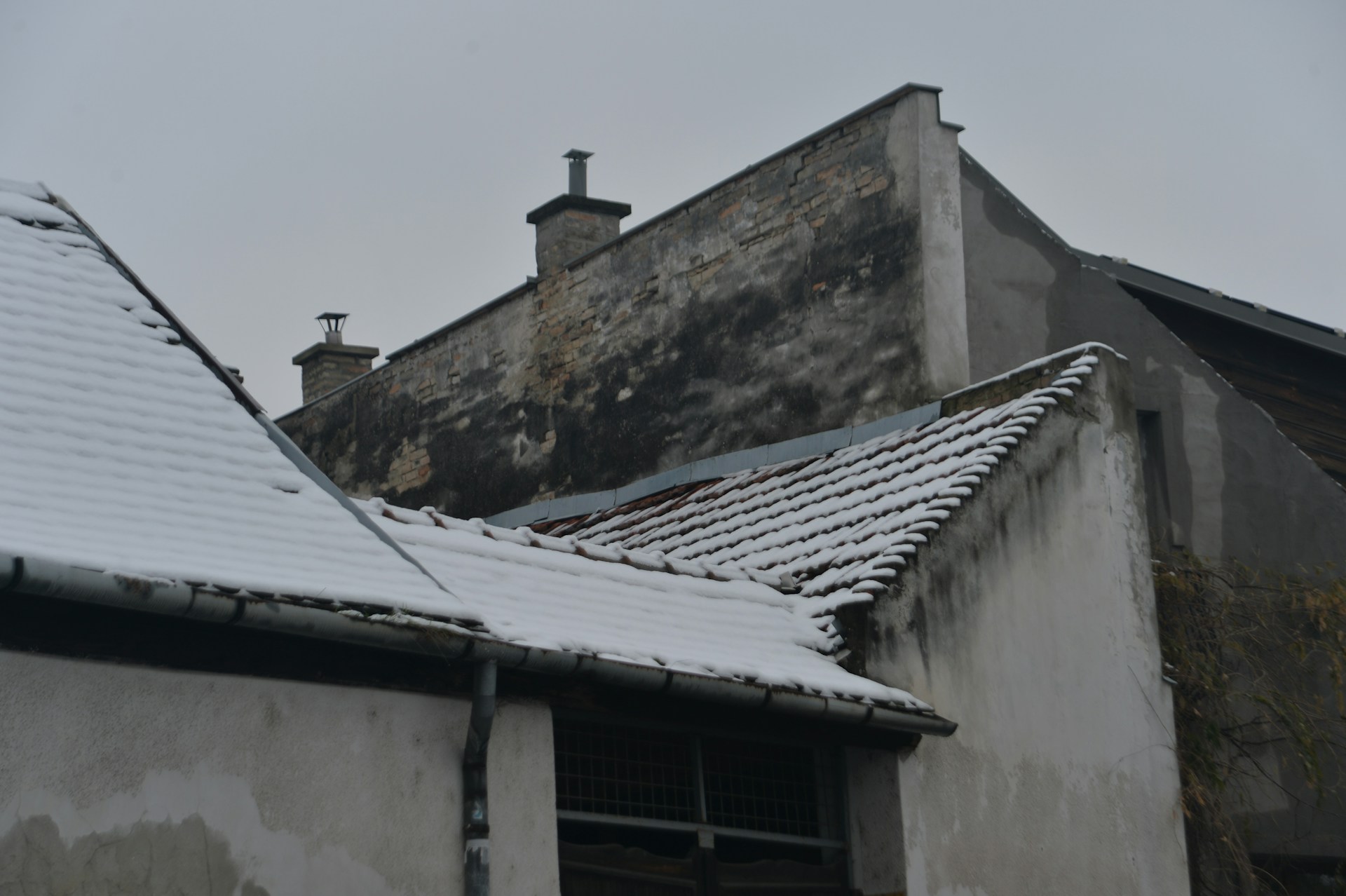Hailstorms can wreak havoc on your roof, leaving behind damage that might not be immediately obvious. When chunks of ice fall from the sky, they can dent, crack, or even dislodge shingles. Ignoring these issues may lead to bigger problems, such as leaks or structural damage, which are both costly and stressful to repair. Understanding the impact of hail on your roof is the first step in protecting your home and keeping it safe from further harm.
It’s easy to think of a damaged shingle as a simple cosmetic issue, but that’s far from the truth. The integrity of your roof is crucial for keeping your home dry and comfortable. Over time, small damages can grow, leading to expensive repairs down the line. It’s important to address any signs of damage promptly. As you better understand the risks and costs of neglected roof issues, you’ll see why regular checks and timely repairs are vital for your home’s health.
Identifying Hail Damage
Spotting hail damage on shingles isn’t always straightforward, especially from ground level. However, knowing what to look for can save you money and headaches down the road. Here’s a simple way to inspect your roof for hail damage safely and effectively:
- Dents or Dings: Check for small depressions on the shingles. These are typically caused by hail impact.
- Cracked or Missing Granules: Shingles have a layer of granules for protection. When hail hits, these can crack or fall off, exposing the underlying material.
- Shingle Cracks: Look for visible splits or breaks in the shingles themselves.
Remember, inspecting a roof can be dangerous. If you can safely view the roof from a distance, like in your backyard or through an upstairs window, take advantage of that. Avoid getting on the roof unless you’re absolutely certain it’s safe. If you’re unsure or spot potential damage, it’s best to contact a roofing professional for a thorough check.
Understanding how to identify hail damage early will protect your roof’s lifespan and reduce the risk of more significant issues later. It’s a simple yet effective way to ensure your home stays safe and secure after any storm.
Initial Steps to Take After Hail Damage
Once you’ve identified potential hail damage on your shingles, the next move is critical. First off, documenting the damage is a must. Take clear photos from different angles, capturing all visible signs of harm. These images will serve an important role when dealing with your insurance company or a roofing professional.
It’s also advisable to get a professional roofing inspector involved sooner rather than later. They have the expertise to determine the extent of the damage and advise on the necessary repairs. They’re also familiar with what insurance companies need in terms of evidence, which can be incredibly helpful.
In the meantime, don’t leave your roof exposed. You can temporarily protect any damaged areas by using tarps. This helps prevent the weather from causing further damage until permanent repairs can be made. Always prioritize safety when accessing your roof or contact someone who can do the work safely for you.
Working with Insurance
Dealing with insurance after a hailstorm can feel like navigating uncharted waters, but it’s a necessary step. Begin by reviewing your policy to understand your coverage for hail damage. Knowing your policy helps set realistic expectations and prepares you for discussions with your insurer.
When it comes time to file a claim, be thorough. Submit the documented photos you took, along with detailed notes on the damage. This helps show the full scope of the impact, increasing the likelihood of a fair claim settlement. If you need guidance, many professional roofing companies can assist with the claims process.
Once you file your claim, an adjuster will likely inspect the damage. It’s helpful to have your chosen roofing contractor present during this visit. They can discuss repair needs directly with the adjuster, ensuring nothing is overlooked.
Repairing Hail-Damaged Shingles
When it comes to fixing hail-damaged shingles, there are various options depending on how severe the damage is. Often, this involves replacing those affected sections. A professional roofer will advise on whether patching or full replacement is the best course of action.
Opting for experienced contractors to handle the repairs ensures the work is done right. They have the tools and techniques to provide a long-lasting fix. Plus, they use quality materials that stand up against future storms, saving you from repetitive repairs.
Final Thoughts
Prompt action following a hailstorm is key to keeping your home protected. By identifying damage early, documenting it thoroughly, and working with skilled professionals, you can effectively manage the aftermath of a hailstorm. This proactive approach helps maintain your roof’s integrity and extends its life.
Whether you’re experienced with roof repairs or need a professional touch, safeguarding your home from hail damage is essential. Don’t wait for small problems to become big headaches. Take control of the situation today to ensure your roof and home remain secure in all weather conditions.
Dealing with hail-damaged shingles doesn’t have to feel overwhelming. James Kate Roofing & Sola is here to help you every step of the way. Whether you’re dealing with minor repairs or considering replacement options, our team is ready to provide expert assistance. For more information and to see how we can assist you with comprehensive solutions, explore our hail-damaged shingles services today.

